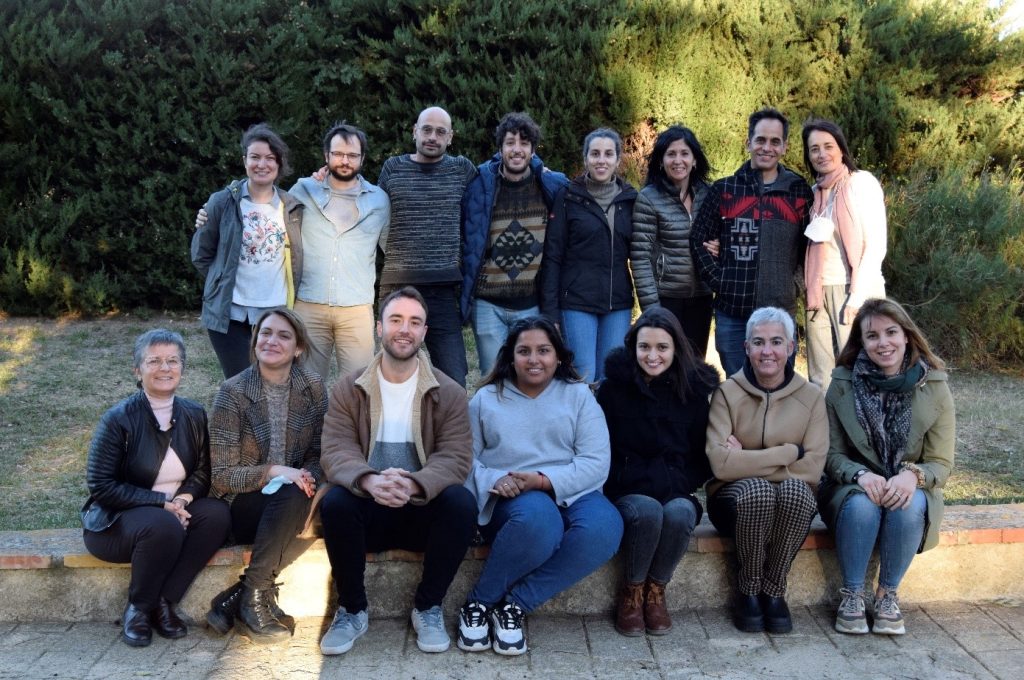It is the result of a study by the IISPV and the Institut Pere Mata University Hospital, and, if the results are corroborated with other patient samples, this discovery could represent an innovation in the approach to this disorder.

Reus, May 28, 2024. 1 percent of the adult population in Europe and the United States suffers from schizophrenia (400,000 people are diagnosed in Spain), according to data from the Mental Health Network Biomedical Research Center (CIBERSAM). It is one of the most socially misunderstood mental disorders and, although it is known that it is caused by a combination of various genetic and environmental factors, there are still many unknowns and unanswered questions. Schizophrenia greatly impairs the quality of life of both those who suffer from it and their families and those closest to them.
The Genetics and Environment in Psychiatry Research Group (GAP) of the Pere Virgili Health Research Institute (IISPV) and the Institut Pere Mata University Hospital (HUIPM) has been studying the genetics of this disorder for nearly 3 decades. A recent study by these researchers has made possible a finding in this field that could mean a turning point in its approach. These are alterations in the DNA of the mitochondria, a molecule that plays a primary role in supplying energy to the cells of our body. This genetic component has until now been little studied in mental illnesses, so this discovery highlights the importance of paying attention to it and taking it into account when looking for new treatments and preventive therapies.
Human mitochondrial DNA is a small molecule found within the mitochondria. Mitochondria are responsible for supplying energy to the cells of our body. This mitochondrial function is especially relevant in the case of neurons (brain cells). The high activity of the brain (which, in addition to mental functions, controls the rest of the body: it is fully operational 24 hours a day, even when we sleep) means that this organ requires a lot of energy to function correctly: it consumes almost a quarter of the glucose and oxygen we generate. It is for this reason that mitochondria and this type of DNA are found in abundance.
To carry out this study, published in the prestigious journal Psychiatry Research, 80 postmosterm samples (provided by the University of the Basque Country) were analyzed, both from people with schizophrenia and from others who had not been diagnosed with any mental disorder. It has been found that 35% of people who had a diagnosis of schizophrenia had some alteration of their mitochondrial DNA, while this percentage was significantly lower among people without any mental disorder (10%).
“These discoveries suggest that this alteration in mitochondrial DNA could be one of the genetic factors that play a role in the development of the disease (along with other genetic and environmental factors). To fully corroborate it, it is necessary that the results of this study be validated with other research and larger samples,” explains Dr. Lourdes Martorell, one of the researchers from the GAP group who, together with Dr. Gerard Muntané, has led the investigation. In order to carry out this work, the collaboration of Drs. Javier Meana and Luis Callado from the University of the Basque Country, who, like the GAP research group, is also a member of CIBERSAM and the Rovira i Virgili University (URV).
Previous studies in the field of mitochondrial genetics have led the GAP research group to suggest very innovative therapeutic ways to treat the symptoms of this mental disorder: “We have seen that it could be very helpful to complement the diet of these patients with vitamin supplements and minerals. This, together with physical exercise, could contribute to significantly improving their quality of life,” adds Dr. Martorell. This team of researchers is evaluating the impact of these proposals on patients with schizophrenia and autism through the VITACTIVA’T project.
See other press releases from GAP group studies
Bibliographic reference: High number of mitochondrial DNA alterations in postmortem brain tissue of schizophrenia patients compared to healthy controls. Bengisu K. Bulduk, Juan Tortajada, Alba Valiente Palleja, Luis F. Callado, Helena Torrell, Isabel Vilella, J. Javier Meana, Gerard Muntané, Lourdes Martorell. Psychiatry Research 2024. doi: 10.1016/j.psychres.2024.115928.